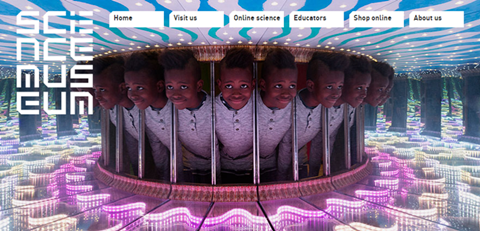Netgains
SATIS revisited
An ASE project supported by the Department for Children, Schools and Families (DCSF), this site offers resources which support the teaching of 'How science works' at KS4. Free to download, the resources are based on SATIS (Science and Technology in Society) units from the 1980s and 1990s, which have been adapted and updated by a team of teachers and trialled in classrooms.
Materials on materials from the Science Museum

The Science Museum has recently added a series of activities focused on teaching about materials and their properties to its Key Stage 3-4 resources for science teachers. The activities, eight at Key Stage 3, six of which are extended to Key Stage 4, include ideas for demonstrations, such as making silicon from sand by an explosive reaction, and experimental investigations for students to do, such as making ice cream without a freezer.
Summarised for each activity are the educational objective, key concepts students should learn from the activity, practical method, kit required and safety tips. Pdf files of the explanatory notes for the student activities are available to download for free. In addition, there are suggested points for discussion and questions designed to extend students' thinking on the science related to each activity. Finally, additional information and photos link the theme of each activity to relevant modern contexts.
Flash bang demos
This is the Institute of Chemical Engineers' (IChemE) website for its 'whynotchemeng' initiative to promote the study of chemical engineering in HE. A link at the bottom centre of the homepage takes you to The Top 10 flash bang demos, a collection of science demonstrations which the IChemE launched last October in response to schools and learning minister Jim Knight's call for 'more flash-bang science in the classroom'.
You can download instructions for each of the demonstrations, which have been risk-assessed by the school science service CLEAPSS. The top 10 include familiar favourite demonstrations, such as the screaming jelly baby and flaming hands with methane bubbles. Each set of instructions includes an equipment list, a clear diagram of the experimental setup, safety tips, method and science behind the demonstration, and tips on how to enhance the demonstration.
Useful video clips show how each of the demonstrations should be performed, and the response of the on-looking students from Rugby High School will spur you on to do the demonstrations with your class.






No comments yet